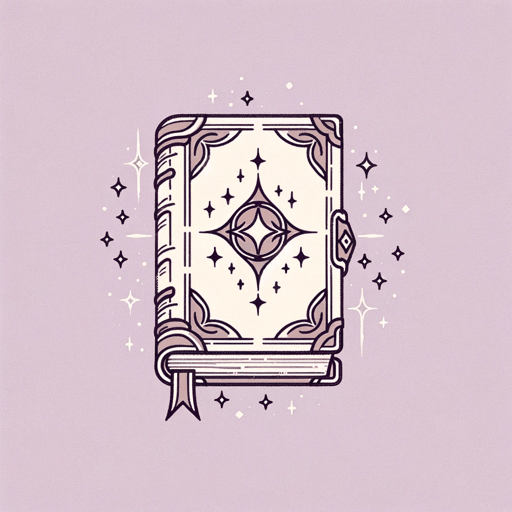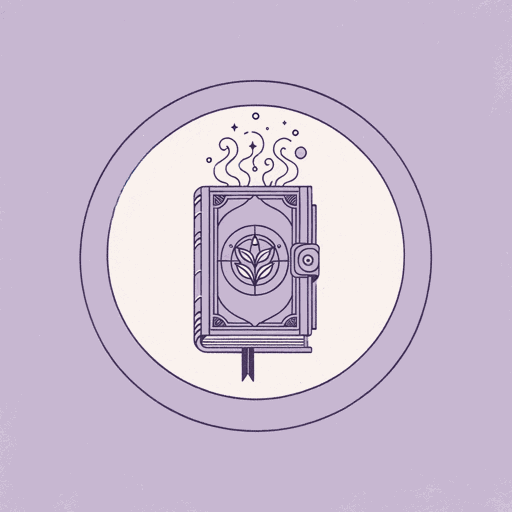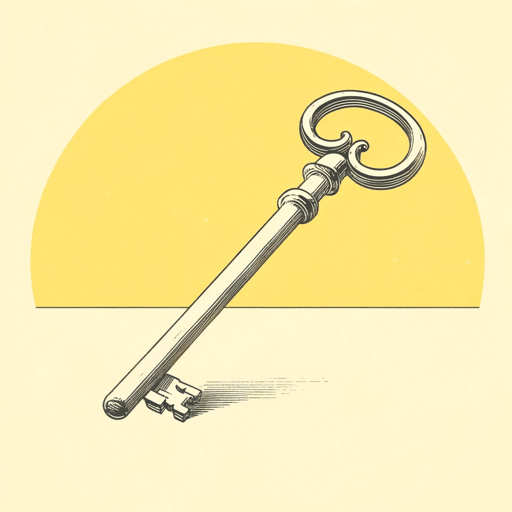72 pages • 2 hours read
Deborah HarknessThe Book of Life
Fiction | Novel | Adult | Published in 2014A modern alternative to SparkNotes and CliffsNotes, SuperSummary offers high-quality Study Guides with detailed chapter summaries and analysis of major themes, characters, and more.
Symbols & Motifs
The Ouroboros and the Firedrake
The ouroboros, an ancient symbol linked to alchemy, depicts a serpent devouring its tail. This emblem represents the de Clermont family and Matthew, specifically, symbolizing unity and eternity—apt for a vampire. Silver, chosen for its connection to quicksilver, or mercury in alchemy, signifies the transition between life and death, often represented by a serpent.
Conversely, Diana is symbolized by the adaptable firedrake, comfortable in air, water, and fire, reflecting her elemental affinity. Her familiar, Corra, mirrors her emotional state, becoming challenging during times of struggle.
Jack crafts an emblem for the Bishop-Clairmont clan, merging the ouroboros and firedrake into an endless circle. This emblem represents Matthew and Diana’s supernatural powers, their family’s unity amid differences, and symbolizes the alchemical wedding of mercury and sulfur—the philosopher’s stone’s first step. In essence, Jack’s emblem mirrors the union of opposites, just like Diana and Matthew.
Think—and Stay Alive
At the end of Shadow of Night, Philippe gives Diana a crucial task: “Think—and stay alive” (727). This phrase becomes a central motif in The Book of Life, guiding not only Diana but also influencing the actions of other characters throughout the narrative. In a world where emotions often run high, the importance of grounding actions in strategic thinking, rather than letting emotions dictate choices, is a recurring theme for ensuring success.
Related Titles
By Deborah Harkness



